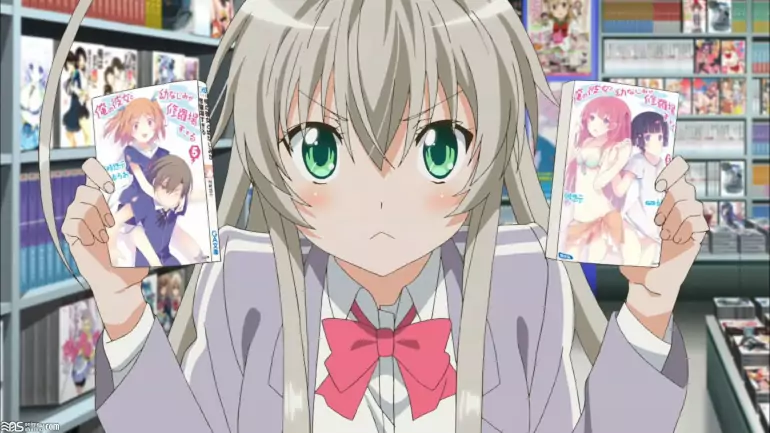Otaku Glossary: Exploring the World of Anime Terms

ANIME:
Japanese Animation.
Japanese animation, known as anime, stands apart from its American counterpart for several significant reasons. Crucially, it is essential to communicate that anime is not exclusively tailored for children. Within the realm of anime, a diverse array of story genres unfolds, catering to individuals of various ages and genders.
Pronouncing "anime" might seem straightforward, but it comes with nuances. Originating from the French language as the past participle of "animer" (to animate), one might be tempted to pronounce it as "animé." However, in Japan, it is spoken in a more neutral manner, resembling "á-nime," which is considered the most accurate pronunciation. Despite its French roots, anime is distinctly Japanese.
The spelling of the word varies on the internet, with "animé" representing the French form, "anime" being the neutral and widely adopted version, and "á-nime" used for a more linguistically accurate Spanish rendition.
"In Japan, the term 'anime' encompasses animation in general, whereas the rest of the world reserves the label 'anime' exclusively for animation originating from Japan."
BAKA:
[Japonés]
Moron.
CON:
There are numerous anime events, both small and large, taking place worldwide named Conventions. The largest-scale anime event outside Japan is Anime Expo, also known as AX, held in America.
COSPLAY:
[Costume Play]
Cosplay Events at Conventions: Where Fans Bring Characters to Life.
DÔJINSHI:
Fan art.
They are creative works by fans, including drawings, stories, or manga inspired by their favorite series.
FANZINE:
Fan-produced publications, often distributed within the same club or exchanged at conventions and events.
HENTAI:
[Japanese: perverted, strange]
This term is used for anime (h-anime) or manga (h-manga) containing explicit sexual content. It is also commonly referred to as ecchi, the Japanese pronunciation of H, often considered a lighter subgenre of hentai.
IMAGE SONG:
[English]
This term refers to the practice, starting from Macross, of having seiyuu (voice actors) perform songs related to their characters in terms of lyrics. Image songs are typically compiled into music albums. An example is the Slayers TRY Treasury*VOX.
KAWAII:
[Japanese]
Cute, beautiful, lovely. This term is fitting to describe chibi characters.
MANGA:
Japanese comic or graphic novel. Most anime is adapted from manga.
MANGAKA:
Similar to how a karateka is a practitioner of karate, a mangaka is a manga artist.
MECHA:
[English: Mechanic, Mechanic Character]
Refers to robots, characters, or objects with mechanical components.
OTAKU:
[Japanese. Literal translation: House, home, or you]
A fan of manga and anime.
This term is considered offensive in Japan, but it has been adopted worldwide to refer to fans of Japanese animation.
OVA / OAV:
[Original Video Animation / Only Video Available]
An anime series created exclusively for sale in video format (DVD, VHS, or laserdisc). Generally, OVAs enjoy better production (and therefore, quality) than a television series.
SD:
[English: Super Deformed]
It is a style or way of drawing a character. An SD character appears small, with a round head, large eyes, resembling a child. It is believed to have originated when manga artists grew tired of too much seriousness in manga. The truth is that depicting characters in SD style in a humorous situation or after a gag is a widely used technique in manga and anime, especially in commercials.
SEIYUU:
Japanese voice actor.
SHôJO MANGA:
[Japanese (shôjo): girl]
In short, manga aimed at female readers aged 15 to 20; where love stories, magical girls (girls with powers and transformations), or fantasy stories abound.
SHôNEN MANGA:
[Japanese (shônen): boy]
The opposite of shôjo, stories aimed at boys (although it is not uncommon to see girls enjoying titles like "Slam Dunk," nor boys watching "Sailormoon" or "Magic Knight").
RADIO DRAMA:
[English]
Equivalent to a radio play. When a radio drama is based on an anime, the original voice actors from the series are usually involved, and the scripts are original or unreleased stories.
Si quieres conocer otros artículos parecidos a Otaku Glossary: Exploring the World of Anime Terms puedes visitar la categoría Nippon.
Leave a Reply